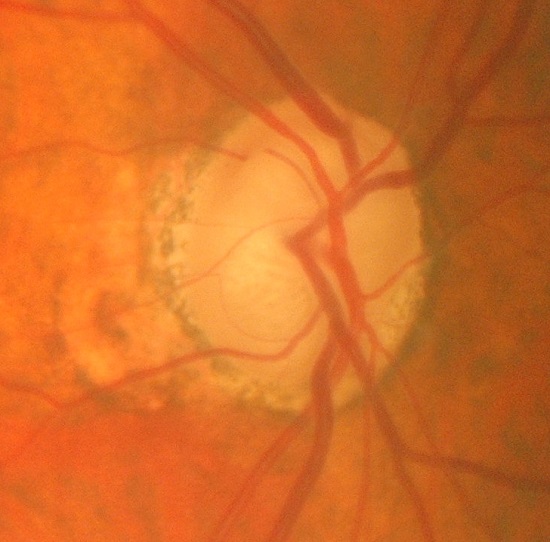Myopia progression in children before and after the coronavirus disease lockdown
Medical hypothesis, discovery & innovation in optometry,
Vol. 3 No. 4 (2022),
14 January 2023
,
Page 136-141
https://doi.org/10.51329/mehdioptometry162
Abstract
Background: The worldwide spread of the coronavirus disease (COVID-19) pandemic in 2020, followed by lockdowns, forced children to be in home confinement with increased screen time, leading to rapid progression of myopia and an increase in the prevalence of myopia. This study was aimed at determining if myopia progression seen in evidence-based practice resulted from the COVID-19 lockdown or delayed follow-ups.Methods: A retrospective review of case sheets of patients visiting the pediatric department of a tertiary care eye hospital in Mumbai, India, was conducted from 2017 onwards. We enrolled all children with myopia who had attended at least one follow-up visit before the COVID-19 lockdown and at least one follow-up visit post-lockdown. The spherical equivalent (SEQ) of refractive error values at baseline and pre- and post-COVID-19 lockdown follow-ups (hereinafter referred to as the “first” and “second” follow-ups, respectively) were recorded. The duration between baseline and the first follow-up visit and between the first and second follow-up visits were noted.
Results: We enrolled 112 eyes of 56 children, including 35 (62.5%) boys and 21 (37.5%) girls, with a mean (standard deviation [SD]) age of 9.54 (2.82) years. The mean (SD) SEQ values at baseline and first and second follow-ups were - 4.74 (3.83), - 5.46 (3.81), and - 6.42 (3.66) D, respectively. The mean change in SEQ, mean SEQ myopia progression, and rate of myopia progression per month differed significantly between the baseline and the first follow-up visit versus between the first and second follow-ups (all P < 0.05). However, the change in myopia degree did not differ significantly between these two periods in eyes with low, moderate, or high myopia (all P > 0.05). The mean (SD) duration between the baseline and the first follow-up visit was 14.57 (5.68) months, while that between the first and second follow-ups was 27.96 (9.18) months, showing a significant difference (P < 0.05).
Conclusions: Our findings suggest that a longer gap between follow-up visits and myopia progression per month should be factored into the management of myopia. Considering that young children are more vulnerable, preventive measures and school reforms should be urgently implemented in India. Further retrospective multicenter studies with a larger sample size of eyes, including various refractive errors over a longer period, are required to verify these findings.
Keywords:
- myopia
- clinical progression
- health lockdown
- COVID-19 pandemic
- visual acuity
- ocular refraction

- Abstract Viewed: 0 times
- Full Text PDF Downloaded: 0 times